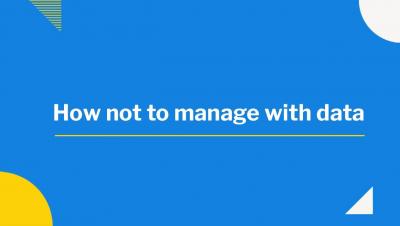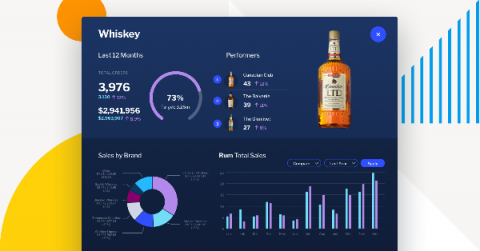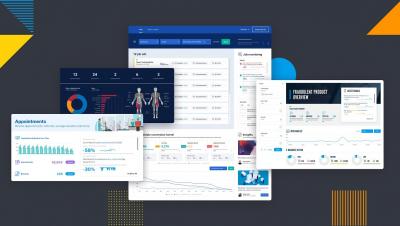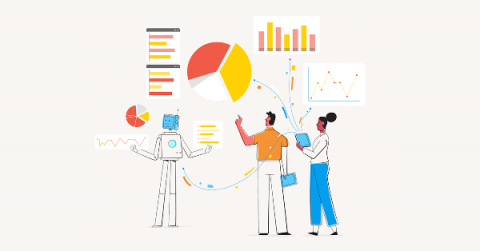Systems | Development | Analytics | API | Testing
Yellowfin
The practical benefits of augmented analytics
Augmented analytics uses emerging technologies like automation, artificial intelligence (AI), machine learning (ML) and natural language generation (NLG) to automate data manipulation, monitoring and analysis tasks and enhance data literacy. In our previous blog, we covered what augmented analytics actually is and what it really means for modern business intelligence.
What's wrong with Victoria's use of COVID data
I've been an avid watcher of COVID stats in Victoria because it has a real outcome for us - it tells us when we'll come out of lockdown. From this, I’ve had three take outs about how not to manage with data.
8 key considerations for choosing an Embedded Analytics solution
Historically, analytics has not always been a priority feature for software vendors. Many applications typically are built with analytics bolted-on later, as standalone tools. But the changing needs of today’s business users has accelerated the importance of providing in-built ways to monitor and explore their data while they use your software.
Turbocharge Your Application With Contextual Analytics Webinar - Yellowfin BI
The Developer's Guide to Contextual Analytics
As a specialized and mature form of embedded analytics, contextual analytics is a game-changer if you're a software vendor looking to further augment your customers’ user experience, without requiring developers to completely reengineer your offering. Contextual analytics blends the data your users need for decision-making right at the point of their daily work, directly inside the interface and transaction flow of your software.
Why design matters in BI
One of the things that I'm really passionate about is great design. Design is important in all aspects of our lives and it's really important for analytics as well. When you're the recipient of bad design, you know it immediately. Have you ever seen those emails that have been completely misaligned or sat through a PowerPoint where everything is in the wrong colors and fonts? How does it make you feel?
Yellowfin Dashboards - Dashboards that Do
Analytics Experience Explained
One of the really big trends that we're seeing in the analytics space, is the move towards talking about the analytics experience. Analytics experience is about supporting or triggering decisions and transactions. This is a shift from what I would describe as the passive use of analytics, where people were expected to use dashboards and reports that didn't add a lot of value to their transactions or decision making. The difference sounds subtle, but it's really quite profound.











